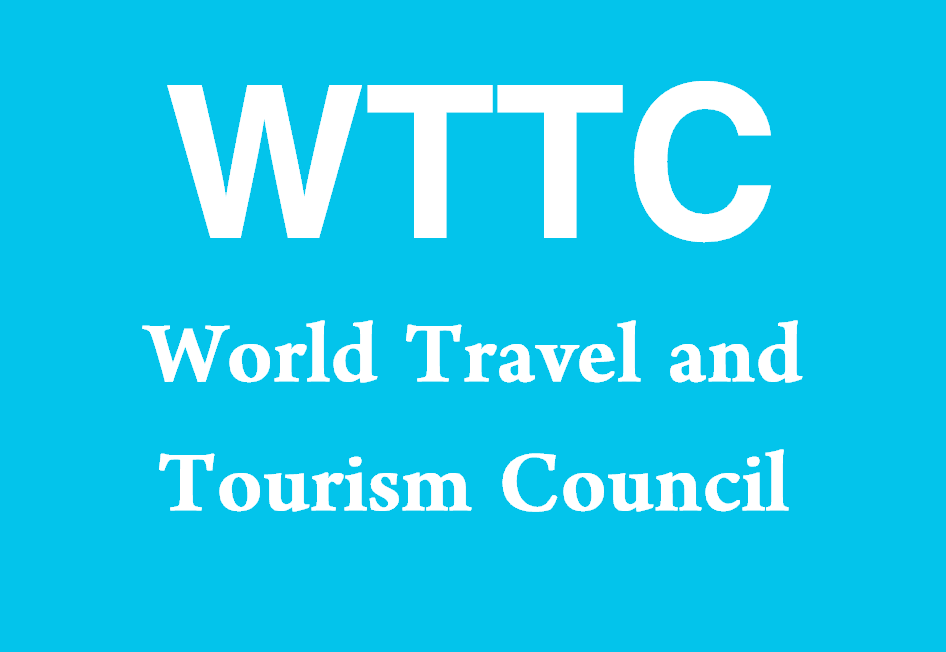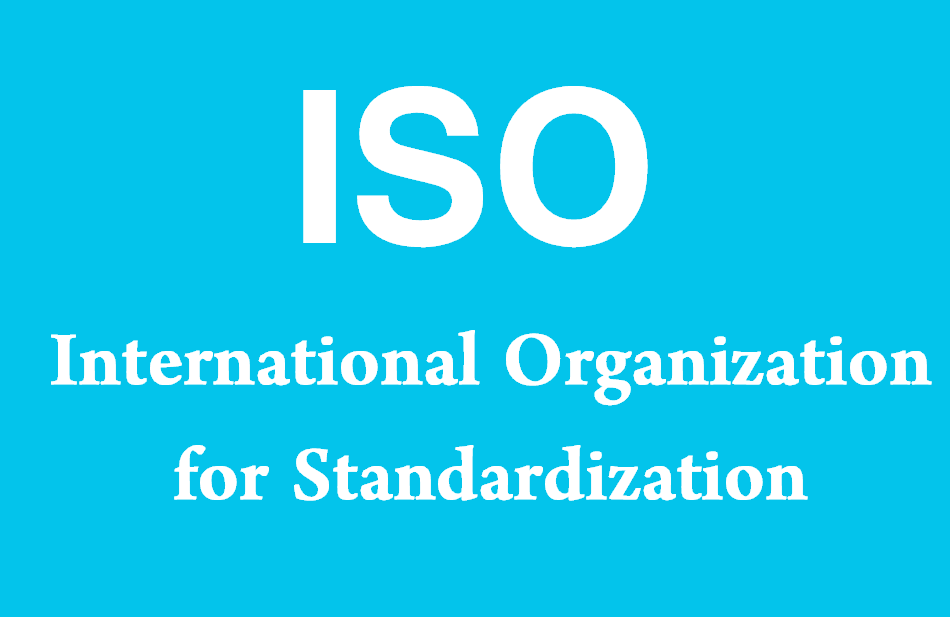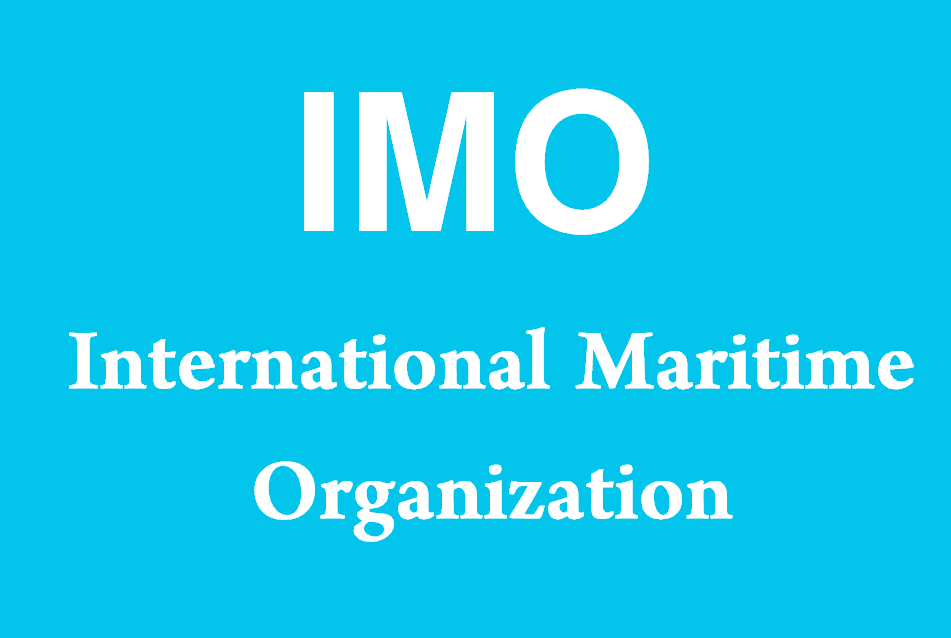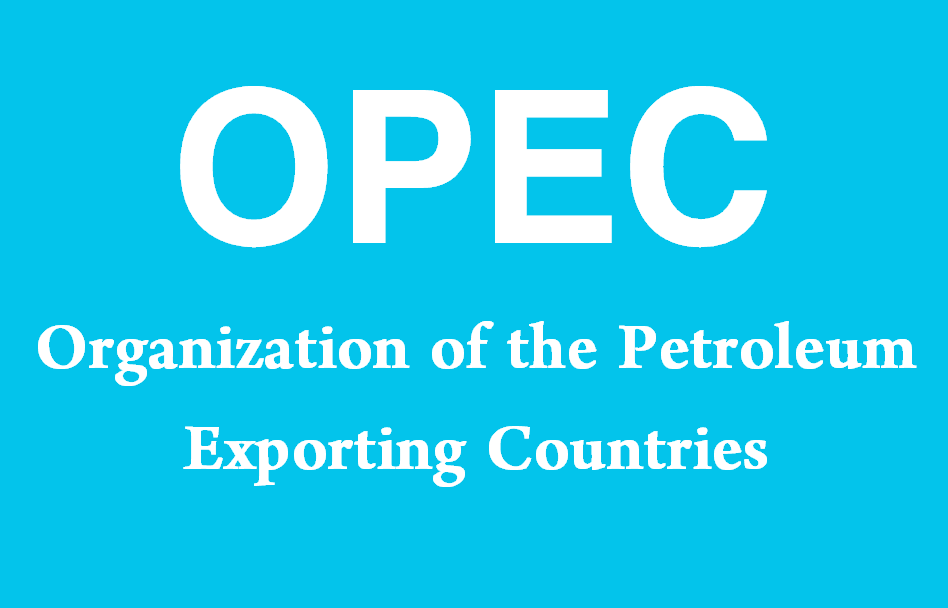What Does WTO Stand For?
WTO stands for “World Trade Organization,” which is an international organization that regulates and facilitates international trade between nations. Established in 1995, the WTO aims to ensure that trade flows as smoothly, predictably, and freely as possible by creating and enforcing trade agreements, resolving disputes, and promoting fair competition and economic cooperation among its member countries.
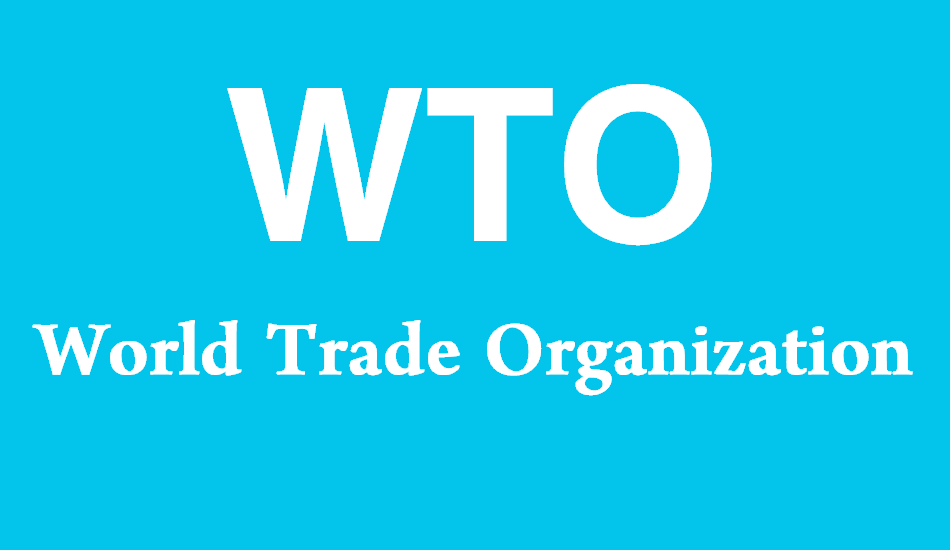
Comprehensive Explanation of World Trade Organization (WTO)
Overview of the WTO
The World Trade Organization (WTO) is a global institution that oversees international trade rules and regulations. It was founded on January 1, 1995, succeeding the General Agreement on Tariffs and Trade (GATT), which had been established in 1948. The WTO’s primary purpose is to facilitate the smooth flow of trade between nations by ensuring that trade rules are adhered to and that trade barriers are minimized.
Objectives and Functions
Objectives
- Promote Free Trade: Encourage the reduction of tariffs and other barriers to trade to create a more open and competitive international trading environment.
- Ensure Fair Competition: Prevent unfair practices in international trade, such as dumping and subsidies, to promote a level playing field for all member countries.
- Dispute Resolution: Provide a forum for the resolution of trade disputes between member countries, ensuring that conflicts are resolved in a fair and impartial manner.
- Economic Development: Support the economic development of developing and least-developed countries by providing them with greater access to international markets.
Functions
- Administering Trade Agreements: Overseeing the implementation and administration of the multilateral trade agreements negotiated by its members.
- Trade Negotiations: Providing a platform for member countries to negotiate new trade agreements and update existing ones.
- Dispute Settlement: Operating a dispute resolution mechanism to adjudicate trade disputes between member countries.
- Monitoring Trade Policies: Regularly reviewing and monitoring the trade policies of member countries to ensure compliance with WTO rules.
- Technical Assistance and Training: Offering technical assistance and training programs to help developing countries build their trade capacity and comply with WTO agreements.
Structure of the WTO
Ministerial Conference
The highest decision-making body of the WTO is the Ministerial Conference, which meets at least once every two years. It is composed of representatives from all member countries and has the authority to make decisions on all matters under any of the multilateral trade agreements.
General Council
The General Council oversees the day-to-day operations of the WTO and acts on behalf of the Ministerial Conference between its meetings. It comprises representatives from all member countries and meets regularly to carry out its functions. The General Council also convenes in different forms to handle specific tasks:
- Dispute Settlement Body (DSB): Responsible for overseeing the dispute settlement process.
- Trade Policy Review Body (TPRB): Conducts periodic reviews of the trade policies and practices of member countries.
Councils and Committees
Several specialized councils and committees operate under the General Council to handle specific areas of trade:
- Council for Trade in Goods: Oversees agreements related to the trade in goods, such as the GATT.
- Council for Trade in Services: Manages agreements related to the trade in services, such as the General Agreement on Trade in Services (GATS).
- Council for Trade-Related Aspects of Intellectual Property Rights (TRIPS): Oversees issues related to intellectual property rights and their impact on trade.
Key Agreements and Principles
Most-Favored-Nation (MFN) Principle
The MFN principle is a cornerstone of the WTO’s trading system. It requires member countries to treat all other members equally in terms of trade. This means that any favorable treatment granted to one member must be extended to all members.
National Treatment Principle
The national treatment principle requires member countries to treat foreign goods, services, and intellectual property no less favorably than domestic goods, services, and intellectual property once they have entered the market.
General Agreement on Tariffs and Trade (GATT)
GATT is one of the foundational agreements of the WTO, focusing on the trade in goods. It establishes rules for reducing tariffs and other trade barriers, promoting transparency, and ensuring fair competition.
General Agreement on Trade in Services (GATS)
GATS is a key WTO agreement that governs the trade in services. It aims to create a reliable and transparent system for international trade in services, ensuring that services trade is conducted on a fair and equitable basis.
Trade-Related Aspects of Intellectual Property Rights (TRIPS)
The TRIPS Agreement sets minimum standards for the protection and enforcement of intellectual property rights. It aims to balance the interests of intellectual property rights holders with the need to promote innovation and access to knowledge.
Dispute Settlement Mechanism
The WTO’s dispute settlement mechanism is a critical component of the organization, providing a structured process for resolving trade disputes between member countries. The process involves several stages:
- Consultations: The parties involved in a dispute first attempt to resolve their differences through consultations.
- Panel Process: If consultations fail, the dispute is referred to a panel of experts who examine the case and make recommendations.
- Appellate Review: Parties can appeal the panel’s decision to the WTO Appellate Body, which reviews the legal aspects of the case.
- Implementation: Once a decision is reached, the losing party is expected to comply with the recommendations. If compliance is not achieved, the winning party may request authorization to impose retaliatory measures.
Impact of the WTO on Global Trade
Trade Liberalization
The WTO has played a significant role in promoting trade liberalization, leading to the reduction of tariffs and other trade barriers. This has facilitated increased trade flows and economic integration among member countries.
Economic Growth and Development
By promoting free and fair trade, the WTO has contributed to global economic growth and development. Increased trade has led to greater market access, investment opportunities, and job creation, particularly in developing countries.
Dispute Resolution
The WTO’s dispute settlement mechanism has helped maintain stability and predictability in the international trading system. By providing a fair and transparent process for resolving disputes, the WTO has ensured that trade conflicts are managed constructively.
Challenges and Criticisms
Despite its achievements, the WTO faces several challenges and criticisms:
- Trade Protectionism: Rising protectionist sentiments in some countries threaten the principles of free trade promoted by the WTO.
- Inequities in Trade: Critics argue that the benefits of trade liberalization have not been evenly distributed, with some developing countries facing difficulties in fully participating in the global trading system.
- Decision-Making Process: The consensus-based decision-making process of the WTO can lead to gridlock, making it challenging to reach agreements on new trade issues.
Future Outlook
The WTO is continually adapting to address new challenges and opportunities in the global trading system. Key areas of focus for the future include:
- E-commerce: Developing rules and standards for digital trade to ensure that e-commerce continues to grow and contribute to global trade.
- Sustainable Development: Promoting trade policies that support sustainable development goals, including environmental protection and social inclusion.
- Inclusivity: Enhancing the participation of developing and least-developed countries in the global trading system to ensure that the benefits of trade are more evenly distributed.
Notes to Importers
Understanding WTO Rules
For importers, understanding WTO rules and agreements is essential for navigating the complexities of international trade. Familiarity with WTO principles, such as the MFN and national treatment, can help importers ensure compliance with trade regulations and avoid potential disputes.
Benefits for Importers
- Predictability: The WTO’s rules-based system provides predictability and stability in international trade, helping importers plan their business activities with confidence.
- Market Access: WTO agreements facilitate greater market access by reducing tariffs and other trade barriers, enabling importers to source goods from a wider range of suppliers.
- Dispute Resolution: The WTO’s dispute settlement mechanism offers a formal process for resolving trade disputes, providing importers with a means to address trade grievances.
Practical Steps for Importers
- Stay Informed: Keep up-to-date with changes in WTO rules and agreements that may impact your business. Subscribe to WTO publications and participate in industry forums to stay informed.
- Comply with Regulations: Ensure that your import activities comply with WTO rules and the trade regulations of your trading partners. This includes understanding tariff schedules, import quotas, and customs procedures.
- Engage with Trade Associations: Join trade associations that represent your industry to gain insights into WTO developments and advocate for favorable trade policies.
Sample Sentences and Their Meanings
- “The WTO facilitates international trade by reducing tariffs and other trade barriers.”
- This sentence explains that the WTO helps promote global trade by lowering tariffs and removing obstacles to trade.
- “The dispute between the two countries was resolved through the WTO’s dispute settlement mechanism.”
- This sentence indicates that the conflict was settled using the WTO’s structured process for handling trade disputes.
- “Membership in the WTO provides countries with access to a rules-based international trading system.”
- This sentence highlights the benefits of being a WTO member, including participation in a regulated global trade environment.
- “The WTO’s MFN principle ensures that member countries treat all trading partners equally.”
- This sentence describes the Most-Favored-Nation principle, which requires equal treatment of all WTO members in trade matters.
- “Importers must understand WTO agreements to ensure compliance with international trade regulations.”
- This sentence emphasizes the importance of knowledge of WTO rules for importers to maintain compliance in their trade activities.
Other Meanings of WTO
| Acronym | Full Form | Description |
|---|---|---|
| WTO | World Trade Organization | An international organization that regulates and facilitates international trade between nations. |
| WTO | World Tourism Organization | A specialized agency of the United Nations responsible for the promotion of responsible, sustainable, and universally accessible tourism. |
| WTO | Water Treatment Operator | A professional responsible for operating and maintaining water treatment facilities. |
| WTO | War Trade Office | A government office responsible for managing trade and resources during wartime. |
| WTO | West Texas Outlaws | A nickname for a sports team or a group from West Texas known for their rebellious or unconventional approach. |
| WTO | Web Technology Optimization | Techniques and strategies used to improve the performance and user experience of websites. |
| WTO | Western Territorial Office | A regional administrative office for a specific territory in the western part of a country or organization. |
| WTO | Wireless Telecommunication Operator | A company that provides wireless communication services, such as mobile phone operators. |
| WTO | Workforce Training Organization | An organization dedicated to providing training and development programs for the workforce. |
| WTO | Waste Treatment Operator | A professional responsible for the operation and maintenance of waste treatment facilities. |
| WTO | Wide Tuning Oscillator | An electronic device used in radio frequency applications, capable of adjusting across a wide range of frequencies. |
| WTO | Windows Taskbar Organizer | A software tool for organizing and managing applications and documents on the Windows taskbar. |
| WTO | World Textile Organization | An international organization representing the interests of the textile industry worldwide. |
| WTO | Weather Tracking Office | A governmental or private office dedicated to monitoring and predicting weather conditions. |
| WTO | Wireless Technology Office | A department within an organization that focuses on the development and management of wireless technologies. |
| WTO | Web Translation Office | A service that provides translation of web content into multiple languages. |
| WTO | World Transportation Organization | A fictional or proposed international body for regulating and facilitating global transportation. |
| WTO | Wildlife Trust Organization | A nonprofit organization dedicated to the conservation and protection of wildlife and their habitats. |
| WTO | Warped Tour Organization | An organization associated with the Vans Warped Tour, a traveling rock festival. |
| WTO | Women’s Technical Organization | An association aimed at promoting the involvement of women in technical fields and industries. |


